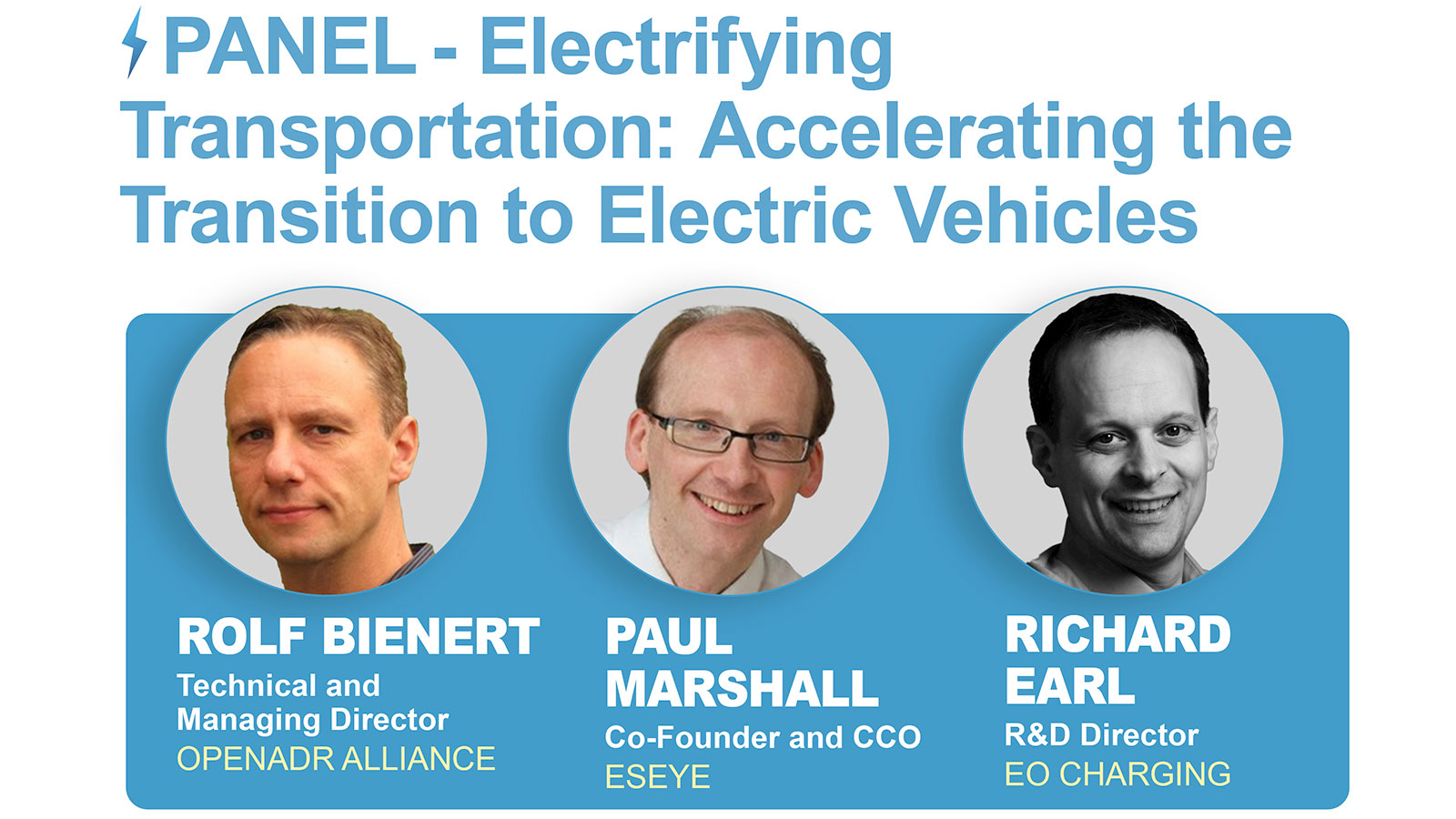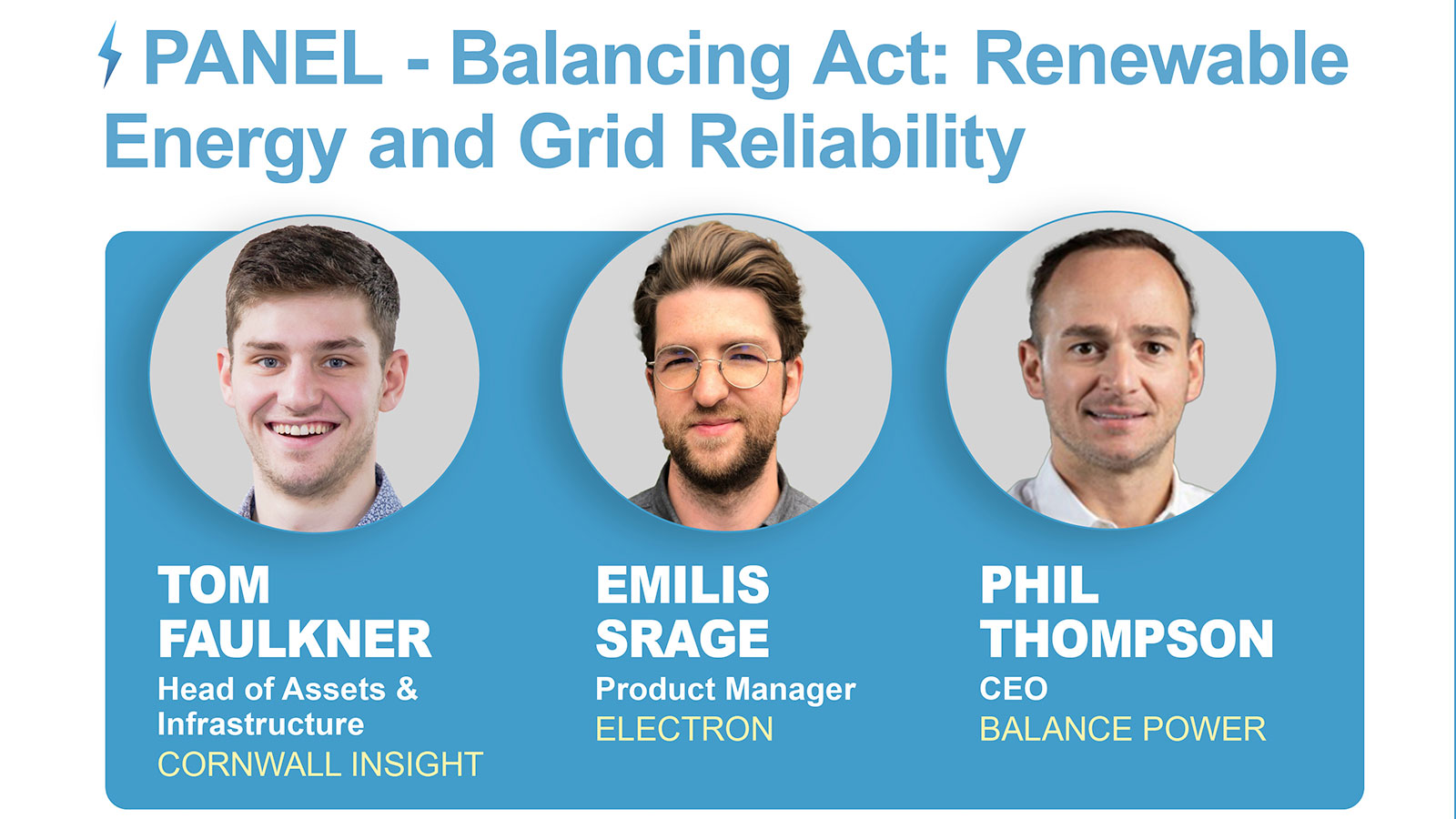By converting 50 Hz to 40Hz, ABB variable speed drives are saving a fertilizer manufacturer the cost of investing in new pumps and process equipment.
The 40 Hz pumps are installed at Terra Nitrogen’s Billingham plant and were fitted before 50 Hz became the standard frequency for mains supply. Running them with ABB variable speed drives means that the company does not have to replace serviceable equipment in order to use a modern power supply.
Terra Nitrogen is the UK’s largest manufacturer of ammonia and fertilizer, having acquired the plant in Teesside from ICI in 1998.
The project, which saw the installation of ABB industrial drives in its de-mineralization water plant, came about because of the unusual history of the plant. The site, originally established by ICI in the 1920s, has its own power station to provide steam and electricity. At the time it was built there was no standard for the frequency of electricity and so ICI chose to generate at 40 Hz.
With the advent of the standard 50 Hz supply, conversion plant was installed to allow the interconnection of the 40 Hz and 50 Hz systems. Although the amount of equipment running on 40 Hz declined, the de-mineralized water plant, which is critical for the process, continued to use 40 Hz to run pumps and fans.
After many years’ service, the 50 Hz to 40 Hz conversion equipment was becoming less reliable and expensive to maintain so another solution had to be found.
Harry Summerfield, Terra Nitrogen’s Control and Electrical Engineer, says: “The options were either to scrap all the 40 Hz equipment and buy new pumps and process equipment or find a modern solution, such as variable speed drives, that could convert 50 Hz to 40 Hz. We had used ABB before and knew the capabilities of their equipment.”
The company asked Slater Drive Systems (SDS) to look at the requirement. SDS’ solution was nine ABB variable speed drives ranging from 15 to 55kW.
Stuart Combe of SDS says: “Terra got a number of benefits from this project. The first was that they could get rid of the 50 Hz to 40 Hz conversion equipment, removing the danger that it would become unserviceable and allowing the plant to continue operating. It also allows them to save energy by adjusting the plant to the optimum production speed, as well as giving the opportunity to use standard 50 Hz equipment.”
Summerfield concludes: “It was a very cost effective solution, and meant we did not have to spend money on a lot of new equipment.”





